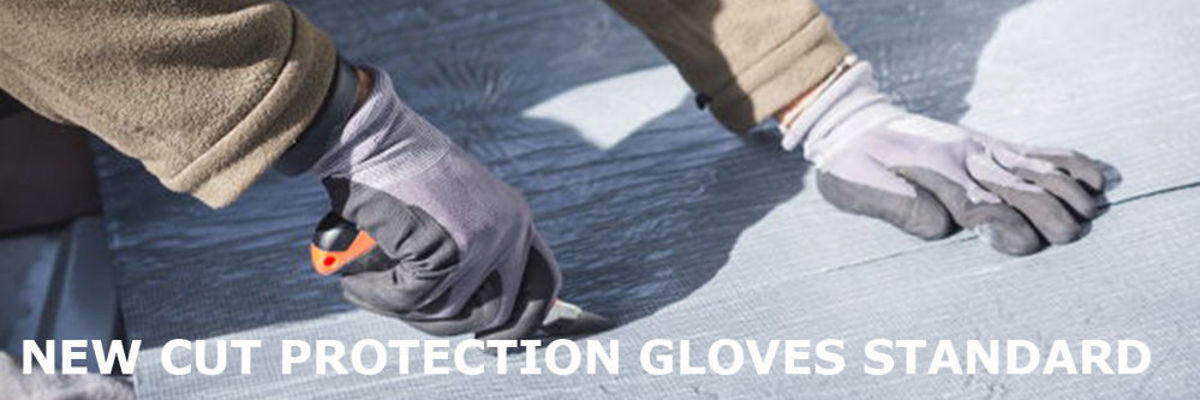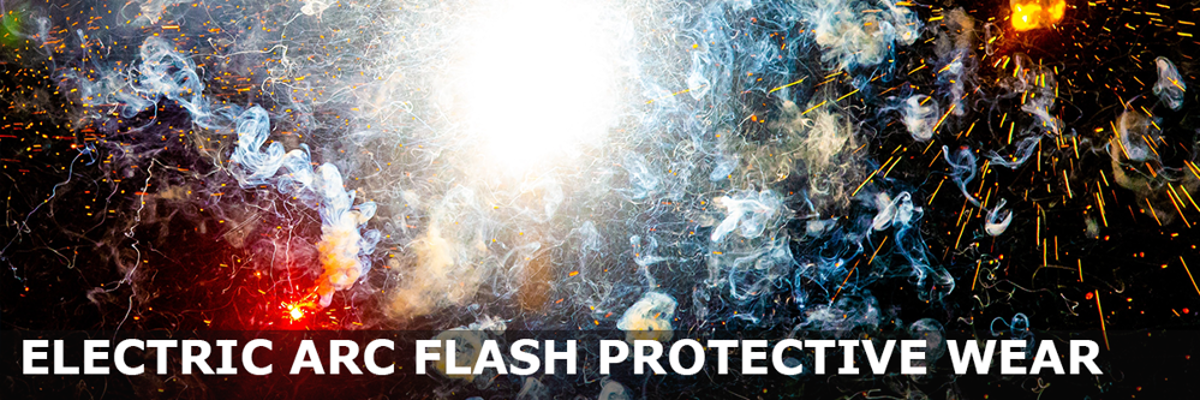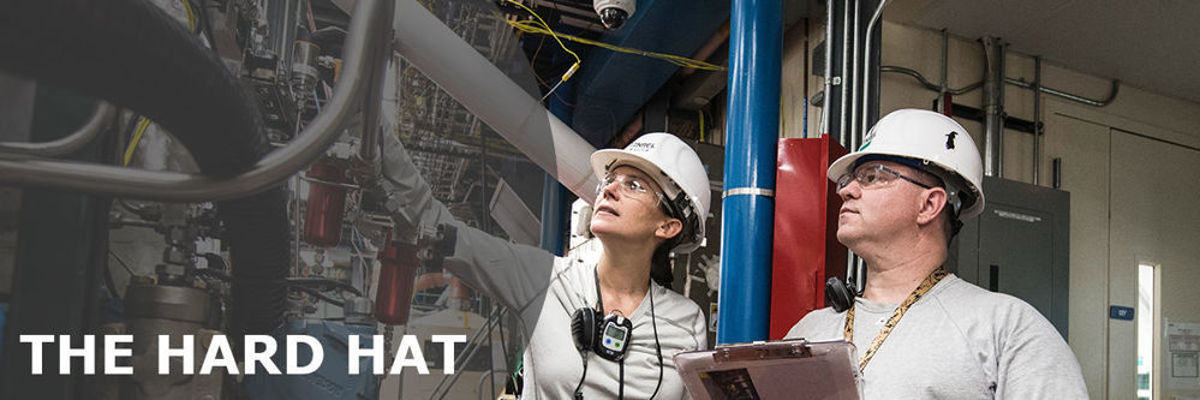Search
RSS
News
Covid-19 – Coronavirus is now having a direct impact on our supplies of hand gels, hand sanitiser and antiseptic hand wipes. We are doing our upmost to source these products from our suppliers, who are struggling to keep up with the demand at this present time.
IMPORTANT MARKET UPDATE RE CORONAVIRUS -22 May 2020
The Coronavirus in China is having a direct impact on our UK supply. There is and will be an ongoing shortage of all types of disposable masks and type 5/6 disposable coveralls. Even when the factories are back up and running (see below), all production of these products are being held and used by the Chinse government, as they do not have enough masks to meet their current demand.
YOU WALK 115,000 MILES IN YOUR LIFETIME... -20 November 2019
You need supportive, durable safety footwear that’s fit for purpose. Protective Footwear Prevents Injuries Your foot contains 26 bones, 33 joints, 107 ligaments and 19 muscles. It makes sense to protect them. Common injuries are easily avoidable with the correct footwear. We recommend a stable and hard-working safety boot that prevents complaints, claims and fines by cushioning and protecting the sole, ankle and toes. Comfortable footwear improves staff wellbeing and productivity, from reducing common sprains to preventing leg, pelvis and upper body trauma.
CHANGE TO THE STANDARD REGULATING CUT PROTECTION SAFETY GLOVES: EN388:2003 COMPARED TO EN388:2016 AND ISO 13997 -31 October 2019
In Europe, the standard EN 388:2003 is used to regulate protection classes of cut restistant safety gloves. To achieve a high level of cut protection, several technical materials – known as high performance fibres – are used. This process of constantly further developing materials requires testing procedures and classifications of these products to be adapted – this was realised in new revised standard EN 388:2016.
WHAT IS AN ARC FLASH ANALYSIS -22 October 2019
The Arc Flash Analysis also includes useful recommendations that needs to be complied with, taking the various standards that exist in each country into account. The Arc Flash Analysis makes suggestions on how to minimize or eliminate accidents, and create a practical risk mitigation plan for the company.
ALL ARC RATED FABRICS ARE FLAME RESISTANT, BUT NOT ALL FLAME RESISTANT FABRICS ARE ARC RATED -18 September 2019
The letters “AR” stand for Arc Rated and the letters “FR” stand for flame resistant, ALL AR clothing is flame resistant (FR), but not all FR clothing has been Arc Rated.
ELECTRIC ARC FLASH PROTECTIVE WEAR -15 August 2019
SURVIVE-ARC® protective wear is made from certified, comfortable-to-wear, permanently flame-resistant and arc-rated material to protect the worker against the thermal effects of an electric arc flash. SURVIVE-ARC® comprises a head-to-foot range of protective wear designed for the electrical worker and is used in the Oil, Gas, Petrochemical, Industrial and Mining Industry.
HISTORY OF THE HARD HAT -17 July 2019
The UK's very first hard hat was the bowler hat, designed in the late 1800s for gamekeepers patrolling their employers' estates on horseback, to protect them from being hit on the head by low branches, or from being hit over the head by poachers! The first hard hat for industrial use was produced in 1919 by the San Francisco-based Bullard company. It was inspired by the "doughboy" helmet, used by soldiers in the First World War. Known as the "hard-boiled hat", it was made using steamed canvas, glue and black paint. Bullard soon incorporated a suspension device into its hat.
Companies and people working in food manufacturing are being told they must pay closer attention to how they manage workplace health risks or face serious penalties.
A LITTLE BIT MORE ABOUT ARC FLASH -08 January 2019
An Arc Flash is an explosive release of energy caused by an electrical short circuit between 2 energised conductors or an energised conductor and earth. The sudden discharge of electrical energy causes a brilliant explosion of light and sound. The temperatures inside an Arc Flash incident can reach 19,000°C (sun’s surface temperature is 6000°C) causing conductors especially copper to vapourise.











